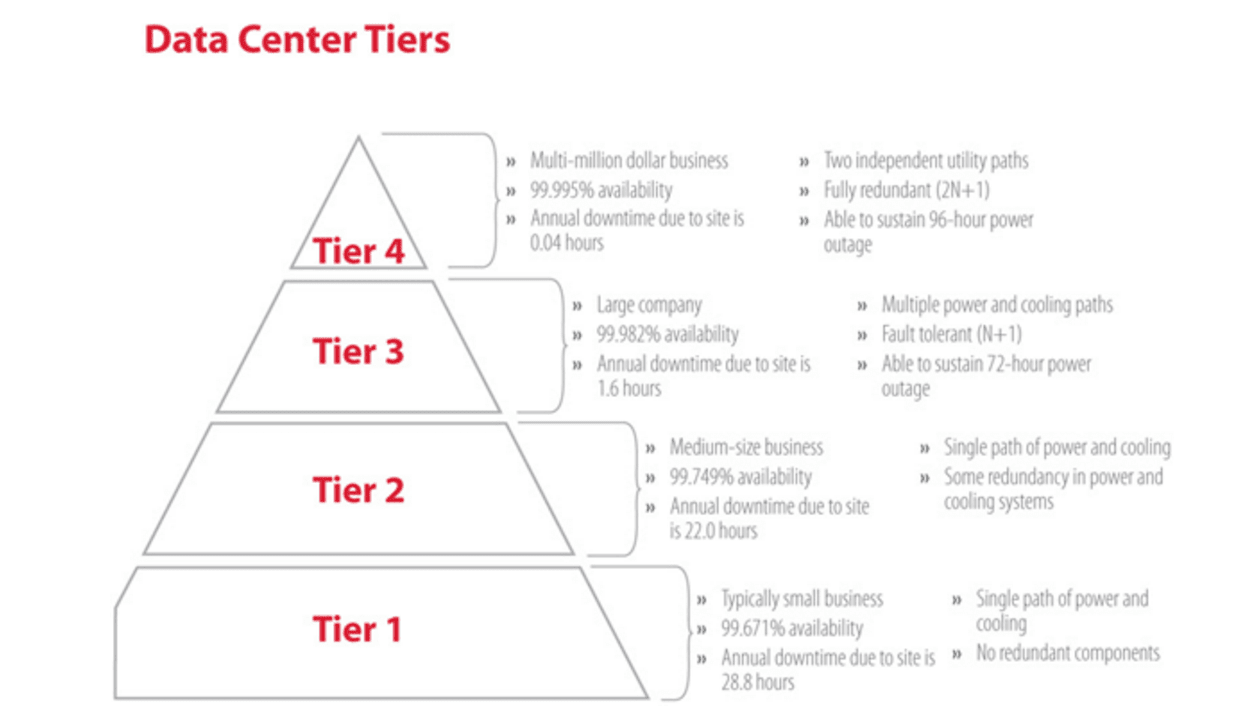Who Pays Redundancy Money? Recognizing Employer Responsibilities in the UK
Who Pays Redundancy Money? Recognizing Employer Responsibilities in the UK
Blog Article
Exploring the Operational Characteristics of Firm Redundancy and Its Long-Term Sustainability

Redundancy Strategies for Company Continuity
In order to make certain undisturbed procedures, organizations have to implement effective redundancy strategies for organization continuity. Redundancy in this context refers to the replication of critical components or features within a system to mitigate the impact of potential failures. By incorporating redundancy strategies, companies can enhance their resilience versus disturbances brought on by different aspects such as all-natural catastrophes, devices failings, or cyber-attacks.
One common redundancy approach is the application of back-up systems and information storage space remedies. This includes developing matches of important information and systems that can be activated in instance of a key system failure. In addition, organizations can develop repetitive communication channels and source of power to keep connectivity and operations throughout unexpected events.
Moreover, cross-training staff members to execute numerous roles within the business can act as an important redundancy technique. This ensures that essential tasks can still be carried out also if crucial employees are not available due to ailment or other reasons. On the whole, efficient redundancy techniques are vital for organizations to promote operational continuity and reduce the impact of potential disruptions.
Influence of Redundancy on Business Resilience
Provided the essential duty redundancy approaches play in ensuring business continuity, exploring the influence of redundancy on business durability comes to be imperative for comprehending the holistic operational dynamics of a company. Organizational resilience refers to an entity's capability to adjust to interruptions, recuperate from obstacles, and transform when essential while maintaining core functions. Redundancy, when purposefully implemented, can considerably add to boosting a company's resilience in the face of unanticipated obstacles. By having backup systems, workers, or processes in location, business can better withstand shocks and continue procedures with marginal interruption.
In addition, redundancy can strengthen employee spirits and self-confidence, understanding that there are contingency strategies in place to attend to unanticipated circumstances. This sense of safety and security can result in raised productivity and an extra favorable workplace. Additionally, redundancy can promote innovation and imagination within a company as workers feel equipped to take calculated risks, understanding that there is a safeguard to sustain them in situation of failure. In general, the effect of redundancy on business durability is profound, forming the long-lasting sustainability and success of a business.
Stabilizing Performance and Flexibility in Redundancy
Accomplishing a harmonious balance in between operational effectiveness and adaptive flexibility is a crucial obstacle in the calculated deployment of redundancy within companies. Too much flexibility without a solid operational structure can result in ineffectiveness and variance.
To balance effectiveness and adaptability in redundancy planning, companies have to very carefully examine their operational needs, market dynamics, and critical objectives. Applying lean methods can enhance effectiveness by improving processes and removing waste, while promoting a culture of versatility and constant renovation can improve versatility. Additionally, spending in cross-training programs and robust communication networks can assist grow a versatile workforce with the ability of handling varied jobs throughout durations of shift. Ultimately, finding the right stability between efficiency and adaptability is important for developing a lasting and resilient company in the face of uncertainty.
Long-Term Sustainability Via Redundancy Planning
To ensure enduring viability and stability, organizations have to strategically straighten their redundancy planning with lasting sustainability goals, thus integrating functional effectiveness with flexible adaptability. Companies ought to view redundancy not as a responsive solution to prompt issues but as an aggressive method for long-lasting success.

Proactive Actions for Sustainable Firm Procedures
How can business proactively boost their operational sustainability for long-term success? Implementing positive measures is Go Here essential for business intending to make sure lasting procedures. One vital technique is to buy technology and technology to simplify processes, minimize waste, and remain competitive in the market. Embracing sustainable techniques such as minimizing energy consumption, minimizing carbon footprint, and enhancing source usage can not only benefit the environment however additionally bring about set you back financial savings over time.
In addition, fostering a culture of continuous enhancement and discovering within the company can boost versatility to altering market problems and customer needs. Encouraging staff member participation in decision-making procedures and supplying opportunities for expert development can enhance morale, performance, and overall efficiency. Establishing clear goals, keeping an eye on essential performance signs, and on a regular basis reviewing development are crucial parts of proactive sustainability monitoring.
Working together with providers, clients, and various other stakeholders to promote sustainable practices throughout the supply chain can create a causal sequence of positive effect - redundancy pay if company goes bust. By taking positive actions in the direction of functional sustainability, firms can build durability, drive technology, and protect their long-lasting success in an ever-evolving company landscape
Verdict

In the realm of business management, the tactical release of firm redundancy stands as view website a pivotal yet intricate practice that demands a fragile balance between operational effectiveness and lasting practicality. By studying the functional dynamics that underpin firm redundancy and evaluating its broader ramifications for organizational durability and versatility, a nuanced understanding of just how redundancy techniques can shape the future trajectory of a business begins to unfold.Offered the essential function redundancy strategies play in making certain organization connection, exploring the impact of redundancy on business durability ends up being vital for understanding the holistic operational characteristics of a firm. Overall, the influence of redundancy on organizational durability is profound, shaping the long-term sustainability and success of a company.
In conclusion, comprehending the functional characteristics of business redundancy is important for ensuring long-lasting sustainability.
Report this page